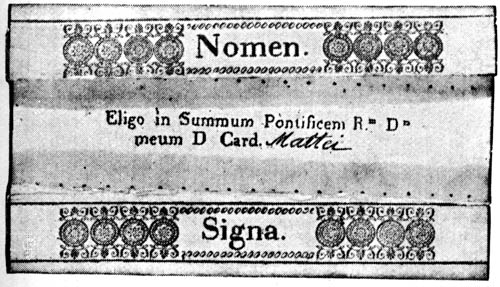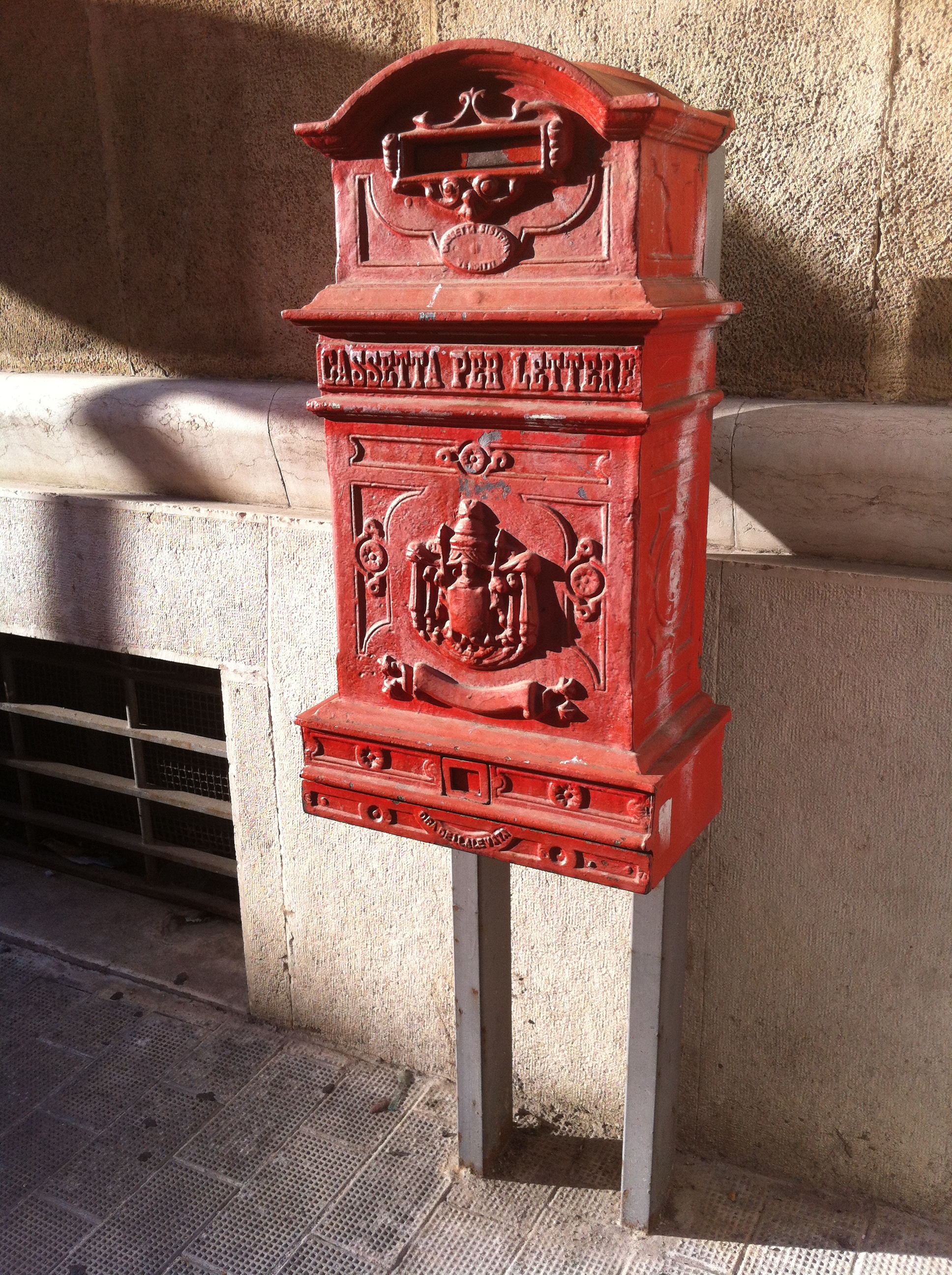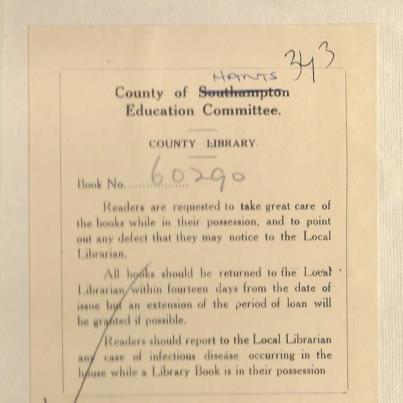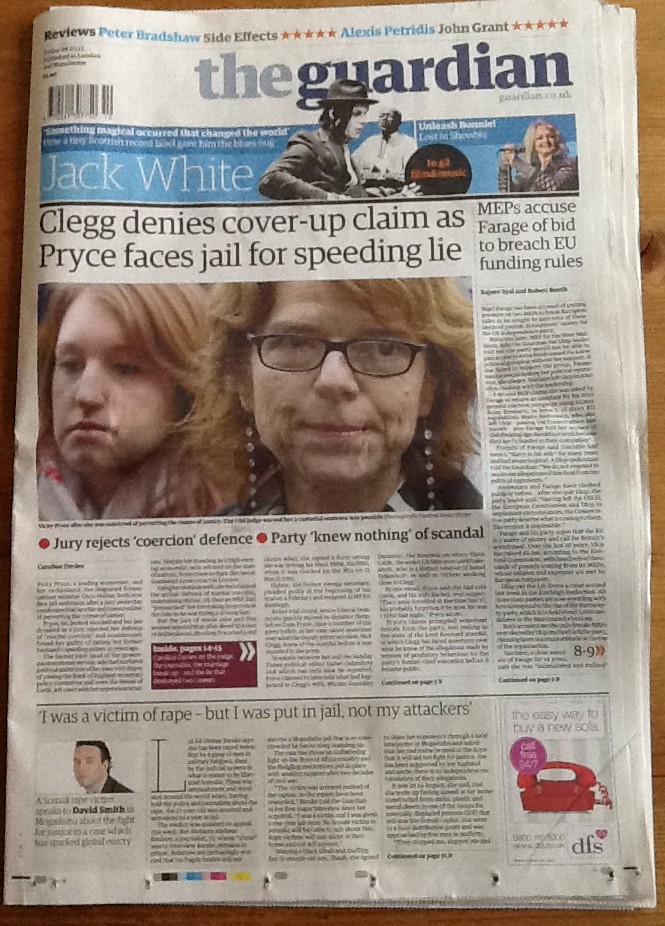(deadline 18 March 2013)
PhD Studentship, University of York (3 years, from September 2013; AHRC-funded) (ref: PhD1)
The student will be based at the University of York in the Department of English and Related Literature, under the supervision of Dr Kevin Killeen (co-editor of Pseudodoxia within the Browne edition). As part of the AHRC-funded edition of The Complete Works of Sir Thomas Browne (8 vols, OUP 2015-2019; general editor, Prof Claire Preston), the student will interact extensively with the eleven editors, two post-doctoral researchers, and a second doctoral student in contributing to its intellectual, analytical, and textual framework. The student may be expected to contribute, as directed, to background research on the edition of Pseudodoxia Epidemica. Enquiries are welcome. Please contact either Dr Kevin Killeen ( kevin.killeen@york.ac.uk) or Prof Claire Preston (c.e.preston@bham.ac.uk), specifying ‘PhD1’.
PhD studentship, University of Birmingham (3 years, from September 2013; AHRC-funded) (ref: PhD2) Co-supervised by Prof Claire Preston (Birmingham), the general editor of the AHRC-funded Browne edition, and Dr Andrew Zurcher (Cambridge), co-editor of Browne’s correspondence, the student will be formally attached to the Birmingham Department of English and additionally supported by the Centre for Reformation and Early-Modern Studies, and by Cambridge’s Centre for Material Texts. As part of the AHRC-funded edition of The Complete Works of Sir Thomas Browne (8 vols, OUP 2015-2019), the student will interact extensively with the eleven editors, two post-doctoral researchers, and a second doctoral student in contributing to its intellectual, analytical, and textual framework. The student may be expected to contribute, as directed, to background research on the volume of Browne’s letters that forms part of the edition. Enquiries are welcome. Please contact either Prof Claire Preston (c.e.preston@bham.ac.uk) or Dr Andrew Zurcher (aez20@cam.ac.uk), specifying ‘PhD2’.
Click here for further particulars and application procedures for PhD1 and for PhD2.
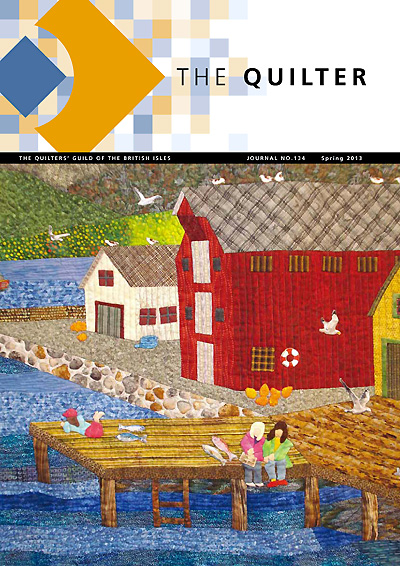 Sara Impey, who spoke at the CMT’s ‘Texts and Textiles’ conference last September, has written a review of the event for The Quilter. You can read a PDF of the document here. And if you’d like to revisit our report on the conference, click here.
Sara Impey, who spoke at the CMT’s ‘Texts and Textiles’ conference last September, has written a review of the event for The Quilter. You can read a PDF of the document here. And if you’d like to revisit our report on the conference, click here.